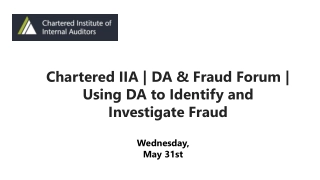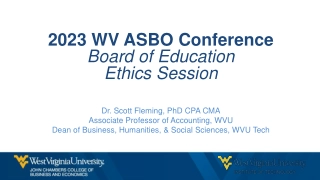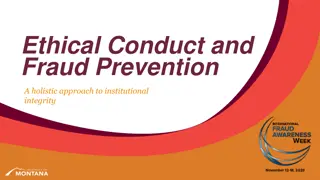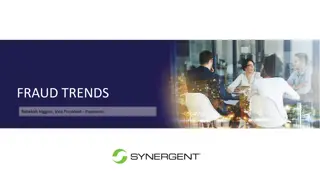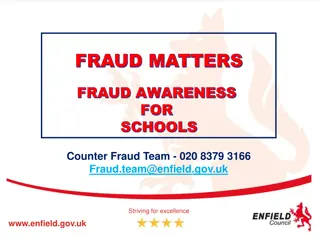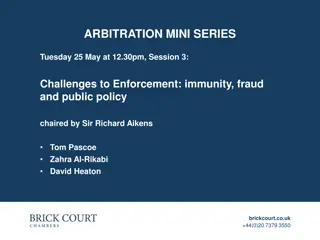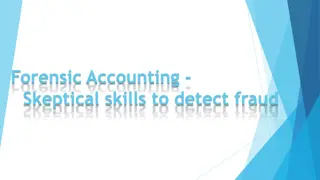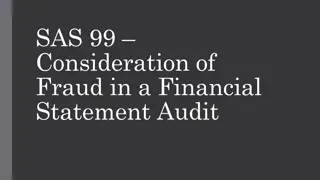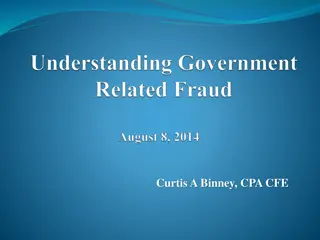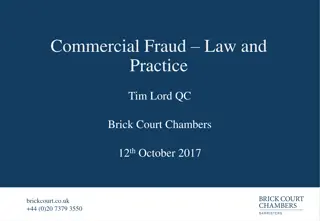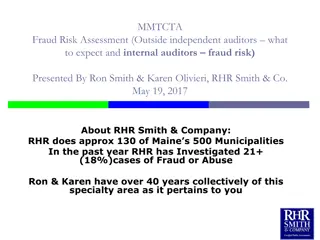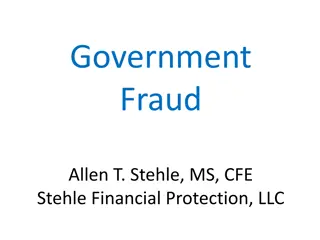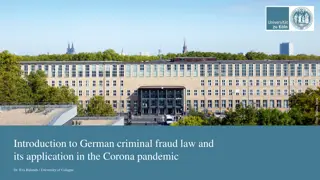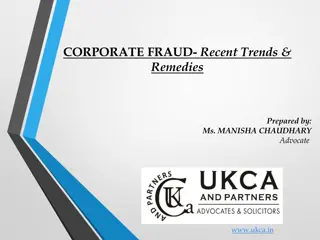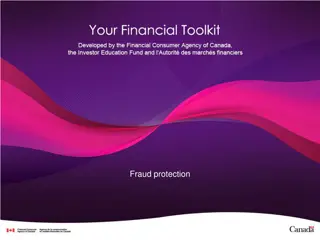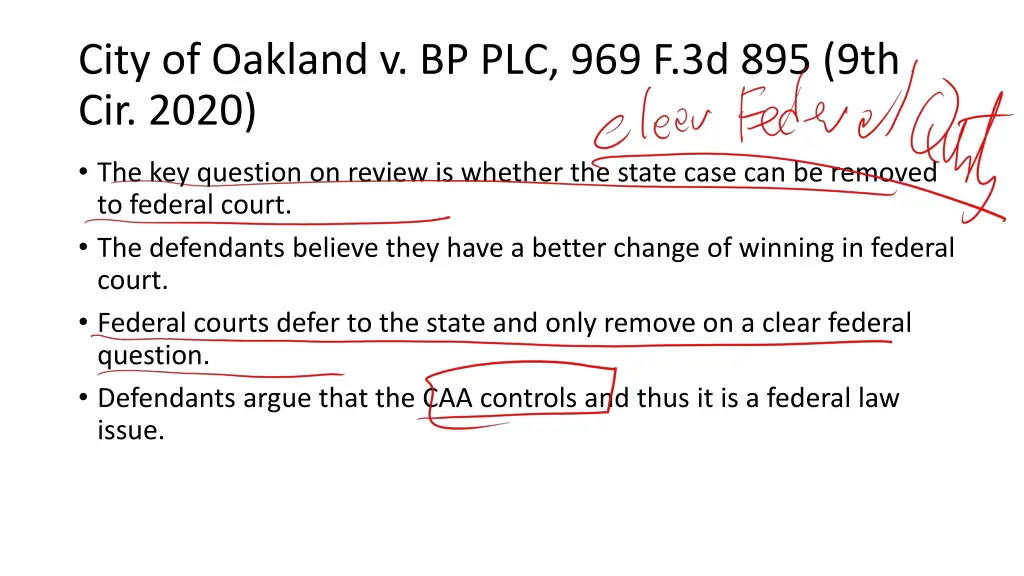
Elements of Common Law Fraud and Public Nuisance in Legal Cases
Explore the legal concepts of common law fraud and public nuisance in cases like City of Oakland v. BP PLC and Mass v. Exxon. Learn about the key elements and implications of these legal principles in federal and state courts.
Download Presentation

Please find below an Image/Link to download the presentation.
The content on the website is provided AS IS for your information and personal use only. It may not be sold, licensed, or shared on other websites without obtaining consent from the author. If you encounter any issues during the download, it is possible that the publisher has removed the file from their server.
You are allowed to download the files provided on this website for personal or commercial use, subject to the condition that they are used lawfully. All files are the property of their respective owners.
The content on the website is provided AS IS for your information and personal use only. It may not be sold, licensed, or shared on other websites without obtaining consent from the author.
E N D
Presentation Transcript
City of Oakland v. BP PLC, 969 F.3d 895 (9th Cir. 2020) The key question on review is whether the state case can be removed to federal court. The defendants believe they have a better change of winning in federal court. Federal courts defer to the state and only remove on a clear federal question. Defendants argue that the CAA controls and thus it is a federal law issue.
What Does American Electric Power Company? Federal common law claims? State common law claims? Did the court say where preempted? What might the court have said if it thought the CAA completely preempted state action? Has the majority shifted since this case?
Definition of a Public Nuisance (1) A public nuisance is an unreasonable interference with a right common to the general public. (2) Circumstances that may sustain a holding that an interference with a public right is unreasonable include the following: (a) whether the conduct involves a significant interference with the public health, the public safety, the public peace, the public comfort or the public convenience, or (b) whether the conduct is proscribed by a statute, ordinance or administrative regulation, or (c) whether the conduct is of a continuing nature or has produced a permanent or long lasting effect, and, as the actor knows or has reason to know, has a significant effect upon the public right.
Mass v. Exxon Same federal question issue as Oakland Fraud claim, rather than nuisance.
The Nine Elements of Common Law Fraud (1) a representation of fact; (2) its falsity; (3) its materiality; (4) the representer s knowledge of its falsity or ignorance of its truth; (5) the representer s intent that it should be acted upon by the person in the manner reasonably contemplated; (6) the injured party s ignorance of its falsity; (7) the injured party s reliance on its truth; (8) the injured party s right to rely thereon; and (9) the injured party s consequent and proximate injury.

